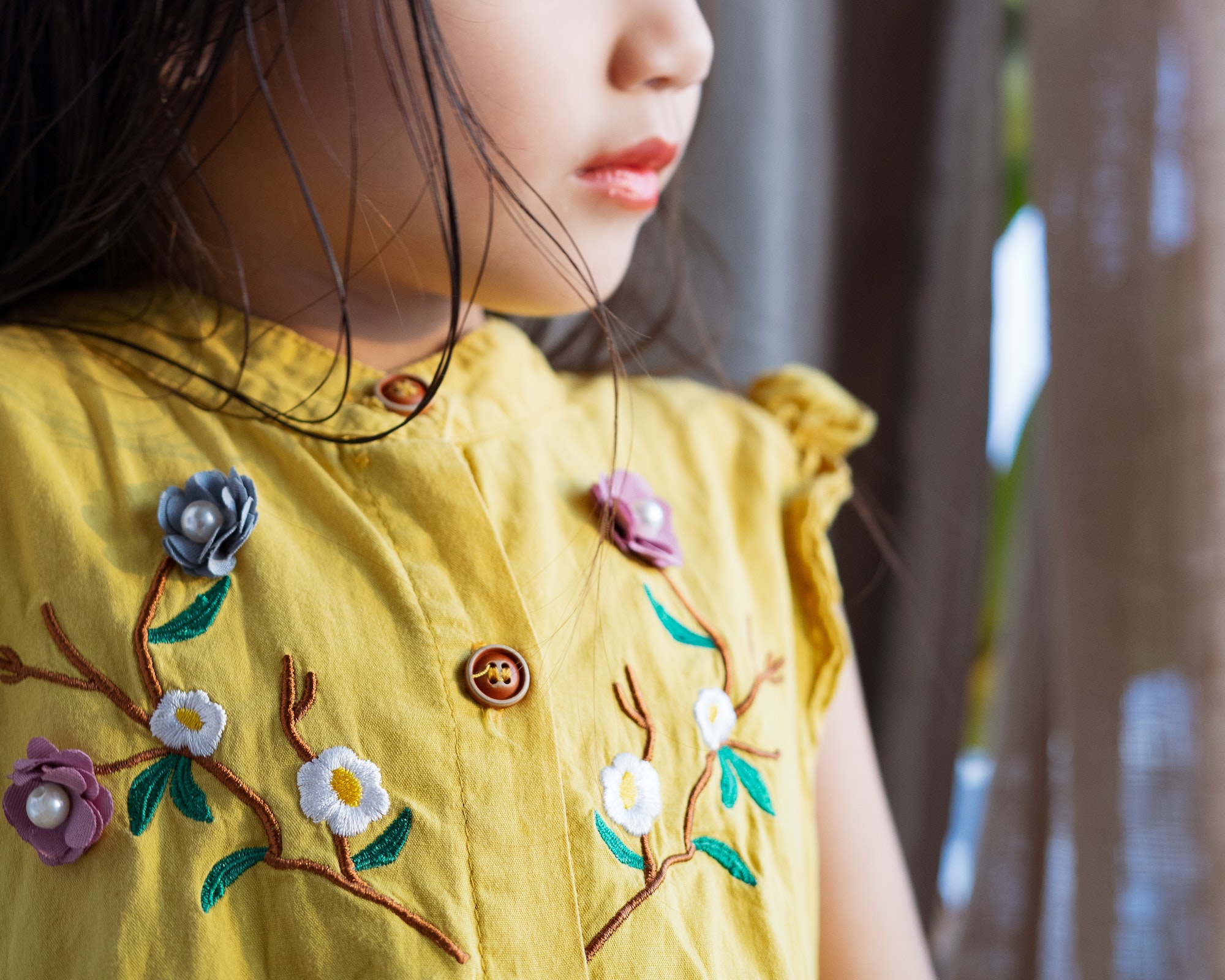Stumpwork embroidery, also known as raised embroidery, is a highly intricate and advanced technique that dates back to the 17th century. This method of embroidery involves creating three-dimensional designs using a variety of stitches, padding, wires, and beads. Stumpwork is often used to create beautiful and realistic representations of flowers, insects, animals, and scenes from nature. In this article, we’ll delve into the world of stumpwork embroidery, exploring its history and the various techniques and designs used to create these stunning pieces of art.
A Brief History of Stumpwork Embroidery
Stumpwork first gained popularity in England during the 1600s, where it was used to create elaborate embellishments for clothing, accessories, and home décor items. The technique was initially known as “raised work” due to the three-dimensional nature of the designs. It wasn’t until the 19th century that the term “stumpwork” was coined, referring to the practice of working the embroidery over a wooden “stump” or padded surface.
During its peak in the 17th century, stumpwork was often used to create highly detailed and realistic scenes from nature. These pieces were considered luxury items and were typically reserved for royalty and members of high society. Today, stumpwork is enjoying a resurgence in popularity among modern embroiderers who appreciate its unique aesthetic and challenging techniques.
Stumpwork Techniques
There are several key techniques used in stumpwork embroidery that contribute to its distinctive appearance. Some of these include:
- Raised Stitches: Stumpwork incorporates a variety of raised stitches to create texture and dimension. Some common raised stitches include satin stitch, long and short stitch, bullion stitch, French knots, and detached buttonhole stitch.
- Padding: Padding is used to provide additional height and dimension to certain elements of the design. Padding can be created using layers of fabric, felt, or even small pieces of string. The padding is stitched down and then covered with embroidery stitches to create a smooth, raised surface.
- Wirework: Fine wire is often used in stumpwork to create delicate, three-dimensional elements such as flower petals, leaves, and insect wings. The wire is shaped and then covered with embroidery stitches to create a realistic, flexible structure.
- Beads and Sequins: Beads and sequins can be incorporated into stumpwork designs to add sparkle and visual interest. They can be sewn directly onto the fabric or attached to wire structures for added dimension.
Stumpwork Designs
Stumpwork designs can range from simple, single-element motifs to complex, multi-layered scenes. Some popular themes in stumpwork embroidery include:
- Floral Designs: Flowers are one of the most common subjects in stumpwork embroidery due to their natural beauty and three-dimensional structure. Stumpwork allows for the creation of incredibly realistic flower petals, leaves, and stems that seem to come to life on the fabric.
- Insects and Animals: Stumpwork is also well-suited for creating lifelike representations of insects and animals. Butterflies, bees, dragonflies, and birds are particularly popular subjects due to their intricate wing patterns and delicate features.
- Scenes from Nature: More advanced stumpwork artists may choose to create entire scenes from nature, incorporating multiple elements such as flowers, insects, animals, and even landscapes. These pieces can be incredibly detailed and time-consuming but result in stunning works of art.
- Monograms and Lettering: Stumpwork can also be used to create raised monograms or lettering for a personalized touch on clothing or home décor items.
In conclusion, stumpwork embroidery is an advanced technique that offers endless possibilities for creative expression through its unique combination of stitches, padding, wirework, and embellishments. Whether you’re a seasoned embroiderer looking for a new challenge or a beginner interested in exploring the world of three-dimensional embroidery, stumpwork provides an exciting and rewarding medium to work with.


